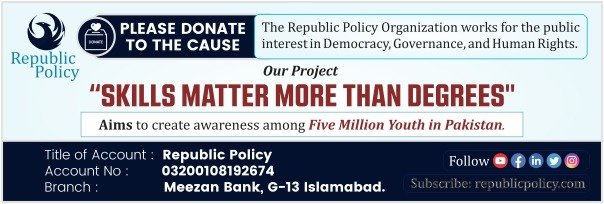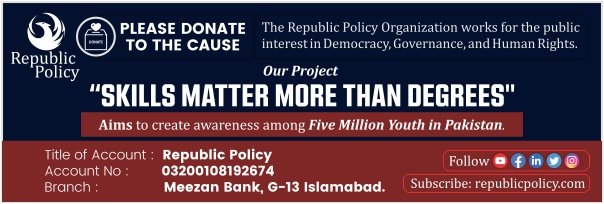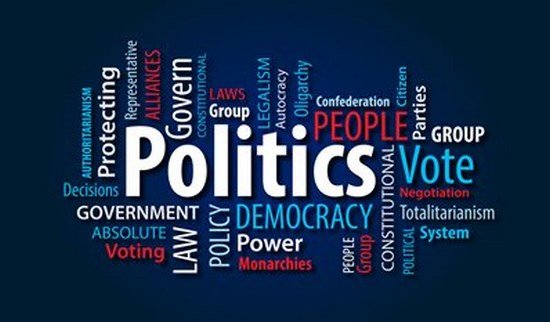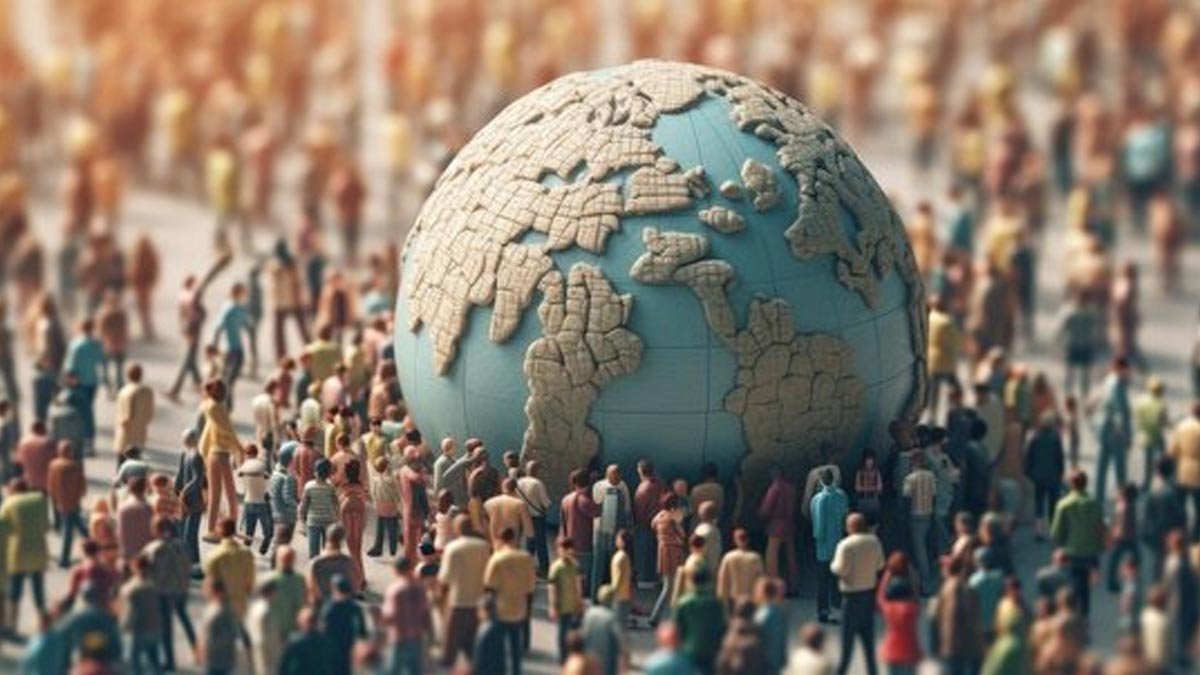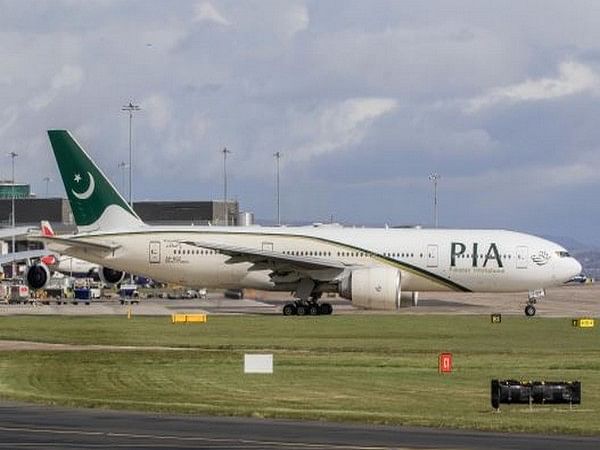Mubashar Nadeem
In a country of over 240 million people, where nearly two-thirds of the population is under the age of 30, one would expect human development to be at the heart of national policymaking. Yet, despite the deeply concerning state of education, health, poverty, and gender equality in Pakistan, the issue remains conspicuously absent from the top priorities of successive governments.
Human development—broadly understood as the expansion of people’s capabilities and opportunities—has never truly commanded the attention it deserves in Pakistan’s policymaking circles. The recent national budget is a striking case in point. While political parties, analysts, and media houses spent days dissecting tax policies, deficit targets, and power subsidies, the shockingly low public expenditure on health, education, and social protection was largely ignored. This silence is not new—it is systemic.
According to the United Nations Development Programme’s (UNDP) Human Development Index (HDI), Pakistan ranks alarmingly low, lagging behind many countries in South Asia and the broader Global South. Literacy rates have stagnated, with nearly 40% of the adult population still unable to read or write. The quality of public education continues to deteriorate, with millions of children out of school and even enrolled students failing to meet basic learning outcomes.
In healthcare, the statistics are equally troubling. Public health expenditure hovers around 1.2% of GDP—far below the World Health Organization’s recommended minimum of 5%. Infant and maternal mortality rates remain among the highest in the region. Access to clean water, sanitation, and essential medicines is inconsistent, especially in rural and underdeveloped areas. The COVID-19 pandemic exposed—and exacerbated—these structural weaknesses, revealing the fragility of Pakistan’s health infrastructure.
Poverty and income inequality have also worsened in recent years. Despite momentary improvements driven by remittances or short-term social safety nets like the Ehsaas programme, over 30% of Pakistanis still live below the poverty line. Inflation, especially in food and fuel prices, has further eroded household purchasing power, disproportionately affecting the working class and marginalized communities.
Moreover, gender disparity continues to hinder human development. Women’s participation in the labour force remains dismally low, and gender-based violence is both widespread and underreported. Female literacy lags behind male literacy by nearly 20 percentage points, and girls’ school enrollment suffers in both urban slums and rural villages.
What is most alarming is the lack of political and media attention to these issues. Parliamentary debates rarely engage substantively with human development challenges. Political manifestos often mention health and education only in passing, with little follow-through once in office. The media, too, is preoccupied with the sensational—elections, corruption scandals, civil-military relations—while long-term structural issues like underfunded schools, collapsing hospitals, and child malnutrition are scarcely discussed.
This lack of discourse reflects not just a failure of governance, but a failure of national imagination. Pakistan cannot aspire to inclusive growth, democratic stability, or global competitiveness without investing in its people. Human development is not a luxury—it is a prerequisite for national progress. No country in modern history has achieved sustained development without first addressing the foundational needs of its citizens.
The state must realign its priorities. Public spending on social services must be increased substantially and allocated more transparently. Investments in teachers, doctors, community health workers, and infrastructure must become central to the development model. Equally important is accountability: policies must be backed by data, monitored effectively, and shielded from political patronage.
A vibrant media and active civil society can play a transformative role by keeping human development at the center of national discourse. Think tanks, universities, and policy platforms must bridge the gap between research and decision-making. Most importantly, the public must demand that its elected representatives treat education, health, and social protection not as afterthoughts, but as central pillars of state responsibility.
The crisis of human development in Pakistan is not merely a socioeconomic issue—it is a moral one. The true strength of a nation lies in the well-being of its people. Ignoring this truth comes at a cost we can no longer afford.


